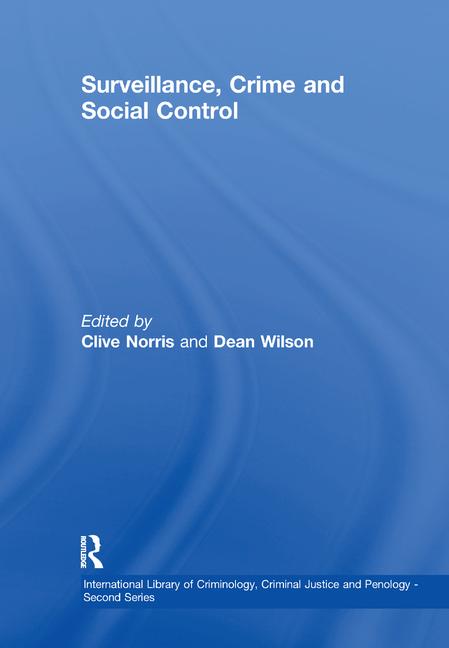Global Terrorism Decreases in 2018; U.S. Attacks Increase

Terrorist attacks have declined globally for the fourth consecutive year, while in the U.S. they have reached their highest level since 1982, according to a new report from the University of Maryland’s National Consortium for the Study of Terrorism and Responses to Terrorism (START), This is the most terrorist attacks that the country has experienced since 1982.
Based on data from START’s Global Terrorism Database™, which now includes information on more than 190,000 terrorist attacks dating back to 1970, the report highlights trends in global terrorism in 2018, including: a steep decline in ISIS attacks in Iraq, but an expansion of the group’s global footprint; fewer mass casualty attacks in Western Europe; and an increase in far-right attacks in the United States.
“It’s always interesting to see how diverse patterns are from place to place,” said Dr. Erin Miller, manager of the GTD™ and author of the report. “We have data on terrorist violence worldwide, but remember that every place is unique, with complex and varied contexts and developments that extend beyond terrorist violence. This analysis just scratches the surface.”
Since terrorist violence peaked in 2014 at nearly 17,000 attacks and more than 45,000 total deaths globally, the number of attacks has decreased 43 percent and the total number of deaths has decreased 48 percent. The decrease has been driven largely by patterns of terrorism in Iraq, which from 2013 to 2017, suffered more terrorist violence than any other country in the world. However, in 2018, following a lengthy and deadly offensive by the Iraqi government and its allies against Islamic State, terrorism in Iraq decreased dramatically. The number of terrorist attacks in Iraq decreased 46 percent between 2017 and 2018 and the number of people killed in terrorist attacks decreased 78 percent, the report says.
Though Islamic State’s violence decreased dramatically since the liberation of Mosul in July 2017, it remained deadly, killing more than 800 victims in at least 650 attacks in 2018 in Iraq and more than 700 people in at least 72 attacks in Syria. The group killed more than 1,606 in 735 attacks in total, also claiming responsibility for deadly attacks in Iran, the Philippines and Tajikistan. The influence of Islamic State continued to expand geographically. Attacks carried out by Islamic State “core” operatives, affiliated organizations or unaffiliated individuals who indicated allegiance to Islamic State took place in 34 countries in 2018 (56 countries since 2002).
The number of terrorist attacks in Western Europe decreased 31 percent between 2017 and 2018, while the number of deaths decreased 70 percent, in part because there were fewer mass casualty attacks. In 2015, 2016, and 2017 there were multiple events in Western European countries in which assailants killed more than five people, including mass casualty attacks carried out by jihadists in Paris, Brussels, Nice, Berlin, Manchester, London, and Barcelona, the report says. There were nine lethal terrorist attacks in Western Europe. The deadliest of these occurred in December, when an assailant who claimed allegiance to Islamic State attacked civilians at a Christmas market in Strasbourg, France, killing five people and injuring 11 others.
“Patterns of terrorism in Western Europe and the United States can be very volatile,” Miller said. “In general the number of terrorist attacks in these locations has been relatively low compared to other parts of the world and other times in history, so it can be difficult to discern clear trends. But in the United States we have seen a steady increase in attacks in recent years and it seems to be sustained.”
According to the report, the decade-long uptick in the United States has been primarily driven by an increase in far-right attacks, as well as an increase in the variety of ideological motivations and in the number of perpetrator groups conducting attacks. The number of terrorist attacks remained relatively stable in 2017 (66) and 2018 (67), following an increase from 38 attacks in 2015 to 67 attacks in 2016.
There were six lethal terrorist attacks in the United States in 2018, the report says, excluding one attack in which only the perpetrator died, compared to 18 in 2017. Although terrorism in the United States is ideologically and geographically diverse, all six lethal attacks involved far-right ideological elements, including primarily white supremacy and, in at least two cases, male supremacy.
Looking for a reprint of this article?
From high-res PDFs to custom plaques, order your copy today!







